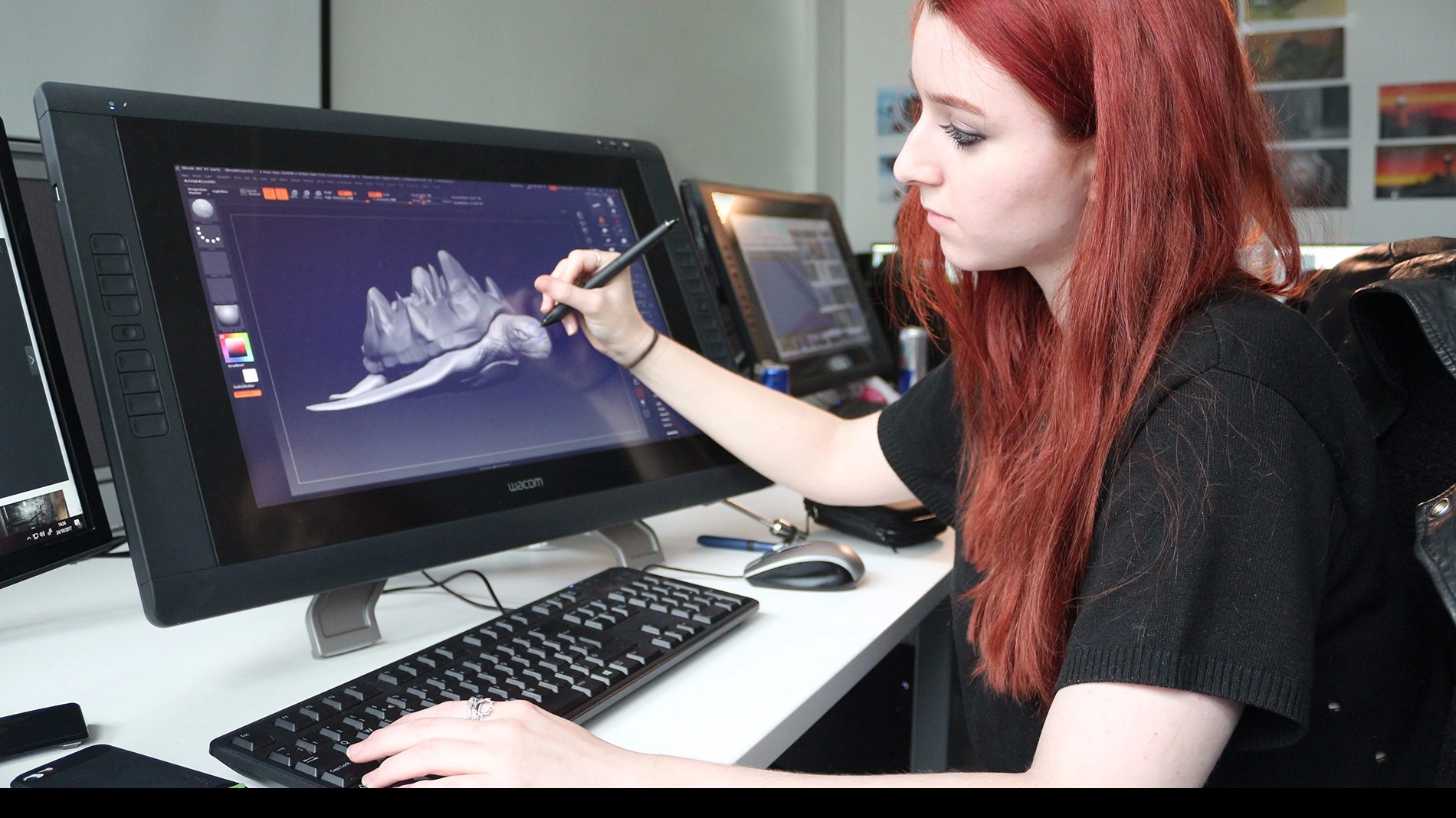
3D Animation
Overview
Study abroad to partake in an exciting voyage into the world of 3D animation. Live in a dynamic creative community, listen to and learn from industry experts across all fields through the programme's extensive speaker series, working side by side with advanced technologies. Unleash your creative potential by exploring the endless possibilities of 3D animation.
Objectives
- Become proficient with 3D modelling, rigging, texturing and animating.
- You should learn the basics of storytelling and character development.
- Discover an array of animation styles and genres.
- Learn to use industry-standard software—Maya, Blender and ZBrush.
- Partner up with creatives and industry personnel.
- Show those creative and technical talents through a portfolio.
Curriculum Outline
3D modelling (using techniques like polygon modelling and sculpting to create 3D models)
- Rigging: Creating skeletons and controls for character animation.
- Texturing and Materials—adding textures/materials, lighting to give a realistic look and feel.
- Concepts: animation principles—Introducing you to the 12 principles of animation for smooth and expressive motion.
- Character animation: animating characters to exhibit their personalities and emotions.
- Scene layout and composition—How to arrange elements in the scene for best visual impact
- Rendering: using specialised software to produce final images or animations.
- Digital sculpting: creating 3D-dimensional replicas with the help of digital tools.
- Storyboarding and pre-visualisation: plan out your shots and preview sequences of animation.
- FX and simulation: for developing SFX (special effects) with simulations implemented like fire, water, and cloth.
Teaching Method
- Theoretical + practical: lectures and demos
- Workshops and tutorials—actual, practical practice.
- Critiquing and feedback: peers and faculty assessment
- Interviews with industry guest speakers
Modules
- 3D modelling
- Rigging
- Texturing and materials
- Animation principles
- Character animation
- Scene layout and composition
- Rendering
- Digital sculpting
- Pre-vis and storyboarding
- FX and simulation
Assessment Methods
- Projects and assignments: individual or team work.
- Exams and quizzes (knowledge assessment)
- Case studies: presenting how you have solved a problem.
- Discussions: communication skills and critical thinking.
Course Duration
The typical duration of an animation degree programme ranges from one to four years, though this can vary widely by institution, nation, and degree level.
A bachelor's degree in the United Kingdom typically requires just three years of study.
Facilities
Industry-standard software and hardware are available to animation production companies.
Workstations with high-performance hardware are available in computer labs.
The library and other research facilities have substantial animated film and literature collections.
Career Pathways
- Start your career in animation in three dimensions for use in motion pictures, television, video games, and commercials.
- Be an artist specialising in character animation for feature films, video games, and television series.
- Making three-dimensional models for use in gaming and architecture are two examples of what a 3D model does.
- You can be a texture artist, which means I add materials and textures to 3D models.
- Artists specialising in visual effects make these incredible additions to films and TV shows.
- Be a game developer to create video games for your living.
Fees and Fundings
You might expect to pay different amounts for different programmes, institutions, and countries. There are a variety of options for funding higher education, including scholarships, grants, and student loans.
For those of you who are studying abroad, there is assistance available.
Entry Requirements
- Graduation from an accredited high school or equivalent.
- Artistic portfolio, showing capabilities and promise.
- Proof of proficiency in the English language (TOEFL, IELTS).
- Letters of recommendation.
Field Work and Internships
Some programmes include internships or fieldwork experiences where you can get some hands-on experience and start making some industry connections.
Certifications
Is certification required?
No, but there are optional certifications like the Certified Digital Animator (CDA) that may improve employment prospects.
Intakes
While most programmes will have specific intake times, typically either fall or spring, Alternatively, you may opt for a September or January intake, depending on the specific requirements of each country.
Student Testimony
“I chose to study 3D Animation at UAL because I had never studied it before, and it seemed like the perfect opportunity to focus a year on a new topic. I had taken a stop-motion course and a 3D modelling course with the SMFA.” [Tara Jackson from the School of the Museum of Fine Arts at Tufts University]
Frequently asked questions
Yes, there is a high demand for skilled 3D animators, since numerous sectors are on the lookout for such professionals. There will be a 5% annual increase in the demand for animators until 2031.